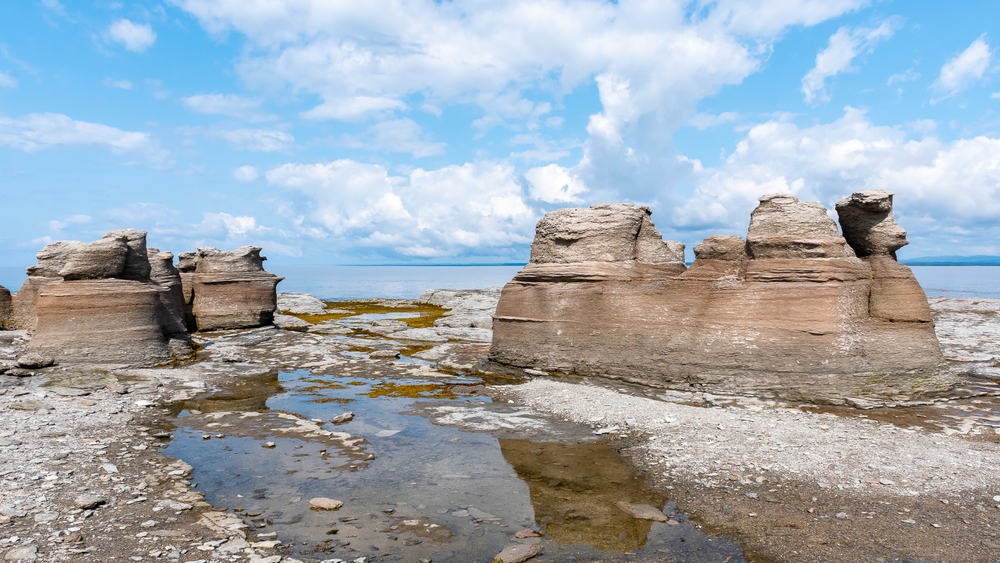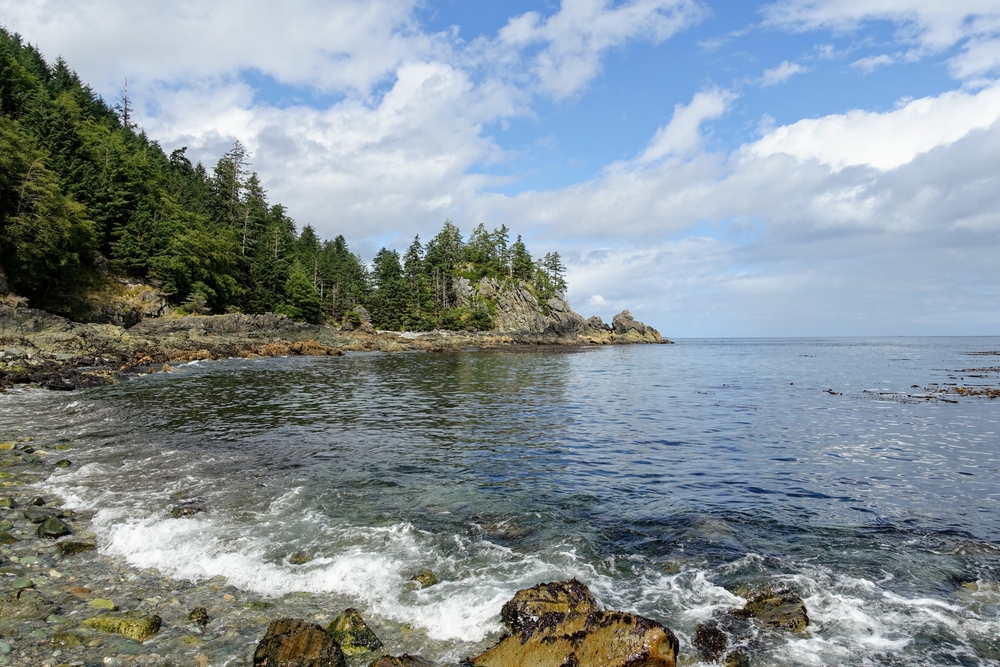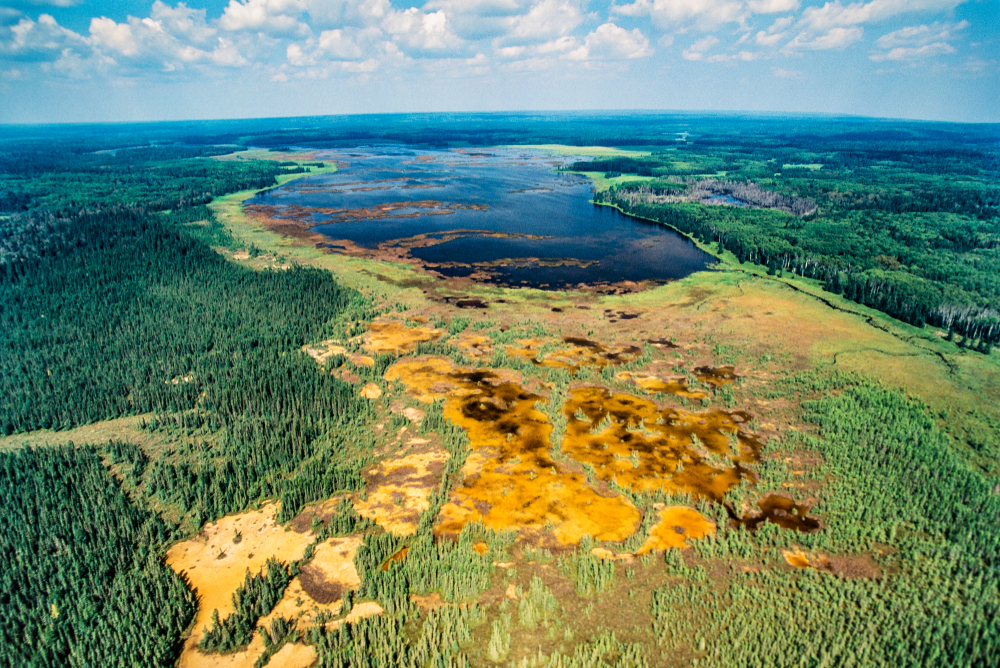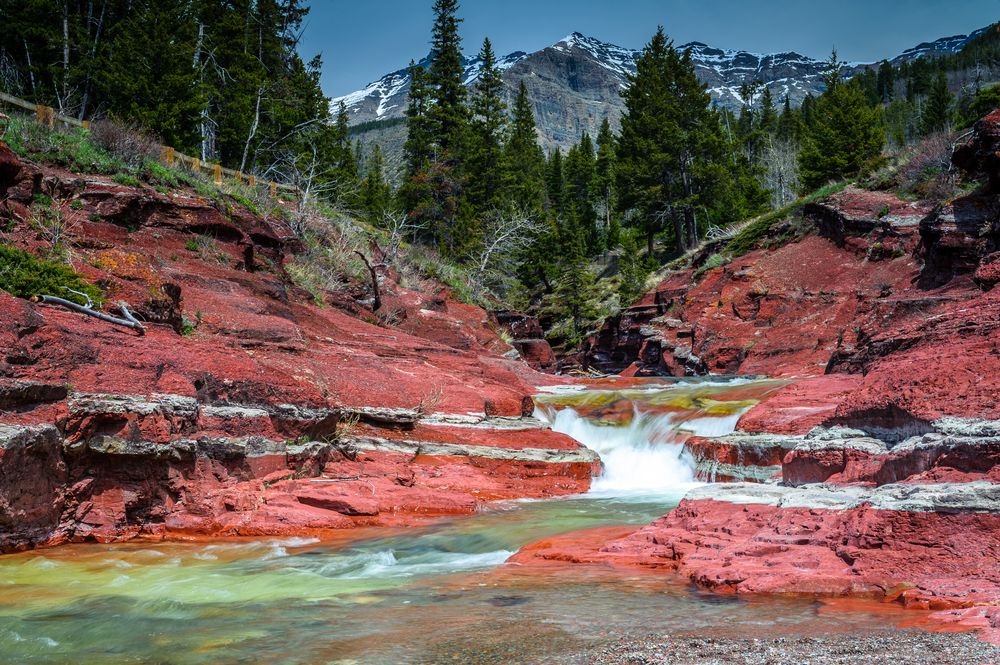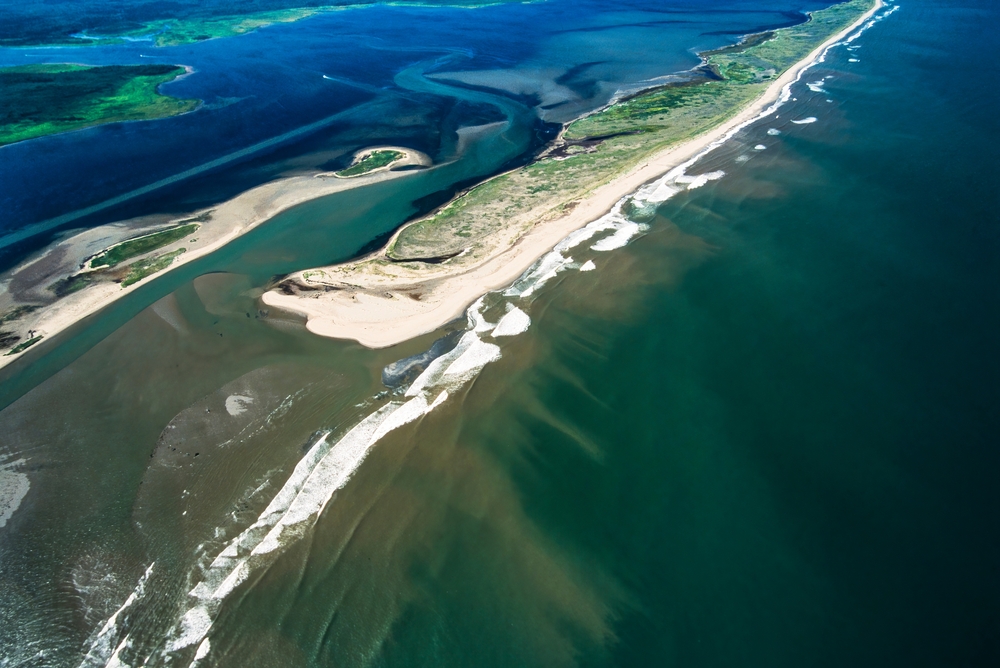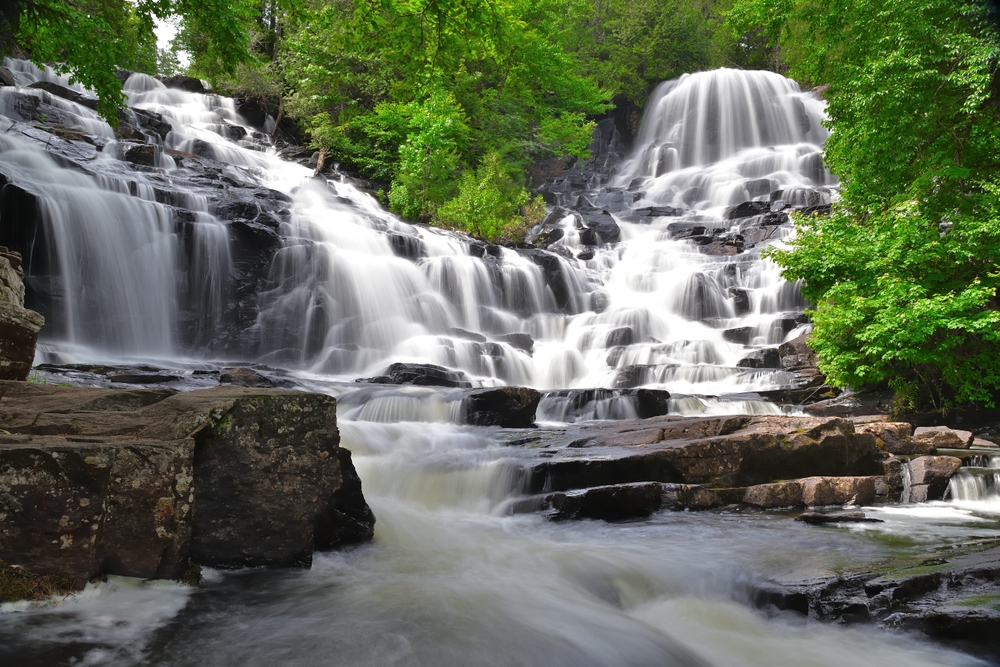Mingan Archipelago Overview
Mingan Archipelago National Park Reserve, or Réserve de parc national de l’Archipel-de-Mingan, is a protected area located in eastern Quebec, Canada, along the Gulf of St. Lawrence.
The park spans approximately 61 square miles (158 square kilometers) and is composed of a series of over 1,000 limestone islands and islets stretching along the northern coast of the Gulf. The park reserve is notable for its unique limestone monoliths, sculpted over thousands of years by erosion, which rise dramatically from the sea and create a landscape unlike any other in Canada.
The Mingan Archipelago is a remote and pristine environment that showcases an array of coastal and boreal landscapes, including peat bogs, dense forests of black spruce and balsam fir, windswept barrens, and rocky shorelines dotted with tidal pools. The surrounding waters are rich in marine life, while the islands offer a mix of rugged cliffs, sheltered coves, and sandy beaches.
The wildlife in Mingan Archipelago National Park Reserve is both diverse and abundant. The waters surrounding the islands are home to several species of whales, including the minke whale and the endangered blue whale, which can sometimes be spotted from the shore or by boat.
Grey and harbor seals are also commonly seen basking on rocky outcroppings. The park is an important nesting ground for seabirds, with large colonies of Atlantic puffins, razorbills, common murres, and black guillemots making their home on the cliffs.
The islands are also inhabited by birds of prey, such as bald eagles and peregrine falcons, which patrol the skies in search of prey. Land mammals in the park include snowshoe hares, red foxes, and various small rodents, though the limited landmass of the islands means that large terrestrial animals are rare.
One of the most striking features of the park is its famed limestone monoliths, some of which reach heights of over 30 feet (9 meters). These towering rock formations, shaped by the relentless forces of wind and water over millennia, provide a dramatic and surreal landscape that draws visitors and photographers from around the world.
The park is also home to several sea caves and arches, as well as unique plant species adapted to the harsh coastal conditions. Some islands feature historical lighthouses and cultural sites linked to Indigenous Innu heritage and early European exploration, adding a layer of historical significance to the natural beauty of the region.
Visitors can explore the park in a variety of ways, with boat tours being one of the most popular methods of experiencing the archipelago. Guided tours offer close-up views of the islands, monoliths, and marine wildlife, while kayaking allows for a more immersive and personal encounter with the landscape.
Hiking trails on select islands provide opportunities to experience the terrain up close, and birdwatching is a favorite activity due to the high density of nesting seabirds. Camping is permitted on some islands, offering a rare chance to experience the remote wilderness under star-filled skies. Interpretive programs and exhibits at visitor centers help educate guests about the park’s ecological and cultural significance.
Mingan Archipelago National Park Reserve faces conservation challenges due to climate change, rising sea levels, and habitat loss affecting nesting seabirds and marine species. Efforts by Parks Canada and conservation groups focus on habitat restoration, wildlife monitoring, and sustainable tourism to protect the fragile ecosystems of the islands.
The park has seen success in preserving key bird populations and raising awareness about marine conservation. Despite its remote nature, the park remains a cherished and well-managed natural treasure, attracting eco-tourists and adventurers seeking to experience its rugged beauty.








































































